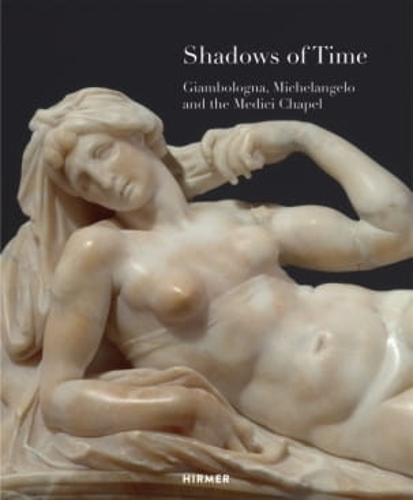
Shadows of Time: Giambologna, Michelangelo and the Medici Chapel
(Paperback)
Publishing Details
Shadows of Time: Giambologna, Michelangelo and the Medici Chapel
By (Author) Staatliche Kunstsammlungen Dresden
Hirmer Verlag
Hirmer Verlag
1st May 2019
Germany
Classifications
General
Non Fiction
History of art
Sculpture
730.92
Physical Properties
Paperback
264
Width 210mm, Height 255mm
1260g
Description
Giambologna (1529 - 1606) is regarded as the most important European sculptor between Michelangelo and Bernini. How did he achieve this status This volume investigates this question and examines above all Giambologna's study of Michelangelo, his all-powerful role model, and how he successfully prevailed. The young Flemish artist Giambologna most probably embarked on his study trip to Rome in 1550. On his way home he visited Florence, decided to stay and became the star at the Medici court. They sent his sculptures to the princely courts of Europe, where they became sought-after gifts. Although we know a great deal about his success, we know little of his early years in Italy, because he first appeared on the scene as a sculptor from about 1560. The alabaster figures after Michelangelo's "Times of Day" in Dresden, hitherto largely ignored, seem to be early works by the master sculptor. An examination of these sculptures promises to shed fresh light on the development of a genius.
Author Bio
Stephan Koja is an art historian and director of the Gemldegalerie Alte Meister in Dresden. He is the editor of many art books, including, most recently, Andrea Bischof: Color Truth, also published by Hirmer Publishers. Claudia Kryza-Gersch is an art historian and curator who specializes in Italian Renaissance sculpture.
